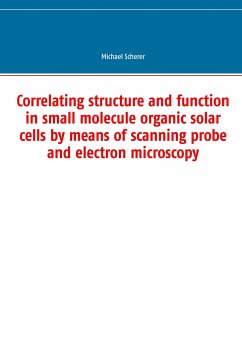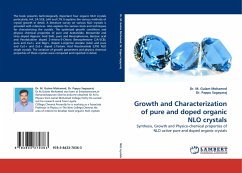Polymer based solar cells are interesting because their fabrication process is less expensive and less complicated as compared to inorganic solar cells. The efficiency of small molecules and copolymers based bulk heterojunction devices is steadily increased over the last decade. Solution-processable small molecules and copolymers have attractive features for application in photovoltaic cells. They are easier to synthesize, purify and typically show higher charge carrier mobility. However,hotovoltaic devices based on blends of organic small molecules have not been investigated as extensively as the spin cast conjugated polymers/fullerenes bulk- hterojunction approach. In this book, fullerene blends, several soluble small molecules and copolymers have been investigated by spectroscopic means and the photovoltaic properties of bulk heterojunction.The main advantage of the blend device over single and double layers is that the active layer can be considerably thicker than the sum of the exciton diffusion lengths.A material. In bulk heterojunction the donor and acceptor materials are intimately blended throughout the bulk.








